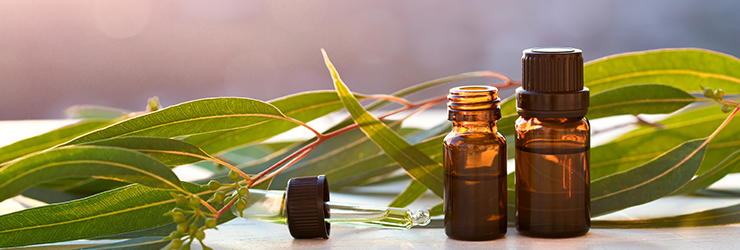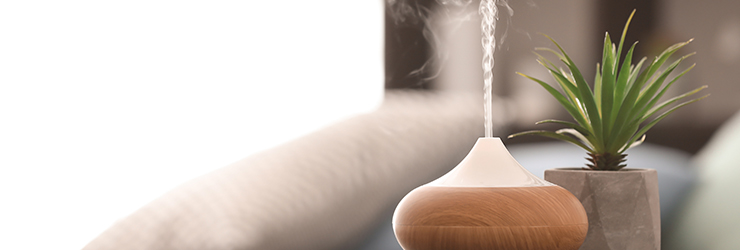August 30, 2019
Essential oils are very well known for their natural healing and calming properties. The oils are usually highly concentrated extracts of plants, such as flowers, peels, roots, or leaves.
We have put together the 10 best uses for essential oils and detailed which oils achieve the greatest effect.

If you are looking to improve your sleep, lavender oil has been proven to help relieve sleep difficulties (5). You can place a few drops onto your pillow, into a diffuser, mix into your moisture routine before bed, or simply rub onto your wrists and temples.
A study published in Physiology & Behavior found the effects of orange essential oils helped reduce anxiety in dental patients (8). To create the perfect anxiety relief mixture, combine lavender and orange essential oils.
In a 2014 study, researchers found clary sage oil effectively improved thyroid hormone levels (6). They also found that clary sage oil had a significant anti-depressant effect. This improved the mood of the participants in the study. For the utmost effect, inhale clary sage oil to help balance hormones.
Oregano oil can help to boost the immune system (11). Oregano has antimicrobial properties, which means it can help prohibit the growth of certain kinds of bacteria.
As well, a study conducted in 2010 found chamomile can stimulate the immune system and may also provide minor protection from cancer (10).
To help promote hair production, cypress essential oils have been found to be an effective solution. Shampoos containing cypress oils have also been reported to help individuals suffering from baldness or hair loss (4).
A study published in Psychosomatic Medicine found that inhaling lavender and/or rosemary helped reduce pain sensitivity (3). If you are looking for natural relief from pain, place a few drops of lavender and rosemary essential oils into a diffuser, inhale from the bottle, or rub them onto your wrists and temples.
Citrus essential oils such as lemon and orange help to improve brain function (2). By aiding in the release of dopamine, noradrenaline and serotonin, citrus oils may help individuals feel more alert, able to concentrate, and have an increased ability to learn.
For patients suffering from Alzheimer’s disease, they may find relief from inhaling citrus oils. As well, students may find studying while smelling citrus improves their ability to uptake and retain information.

To improve energy levels, add peppermint oil to your diffuser. An experiment investigating the effectiveness of peppermint during a workout showed a statistical improvement in performance (9).
Peppermint oil acts as a stimulant which can help increase blood flow (oxygen) to the brain and thereby reduce exhaustion.
To help aid respiratory issues, clove essential oil can be a good solution (6). For the greatest effect make a clove tea and breathe in the mixture. As well, clove can be good a good air freshener due to its ability to remove strong smells. Simply place the mixture into a spray bottle and use where needed or place a few drops into a diffuser.
Essential oils can help improve oral health due to their anti-bacterial properties. Bacteria produce an acidic bi-product that erodes tooth enamel over time. Rinsing the mouth with essential oils helps remove bacteria and keep the area clean.
A study published in The Journal of the American Dental Association found an essential oil mouth rinse effectively reduced plaque by 50 per cent over 6 months (1).
The best essential oils for oral health care are peppermint, clove and orange.
Bibliography
